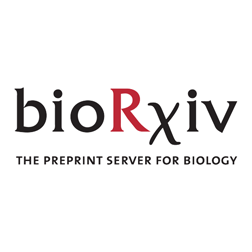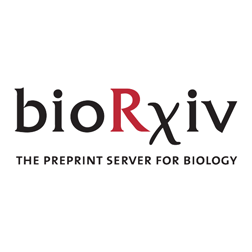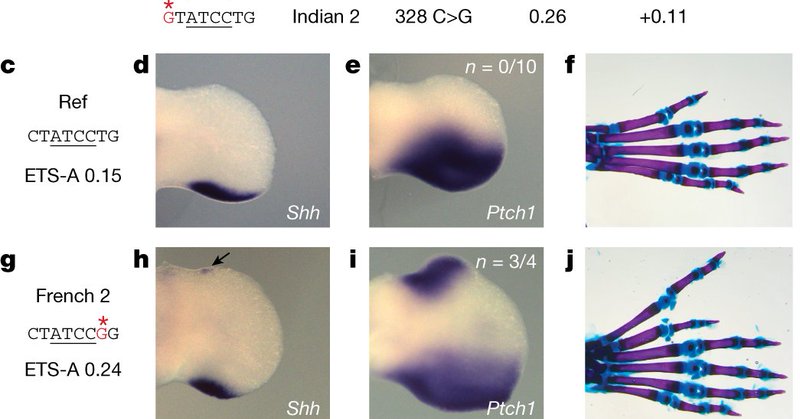
James Hocker, MD, PhD
@jamesdhocker
Followers
199
Following
697
Media
2
Statuses
125
PGY-2 @brighamwomens Hospital, Internal Medicine | Cardiovascular Genomics | PhD in Bing Ren Lab @UCSanDiego
Boston, MA
Joined June 2020
Our latest work in @CellCellPress is a cell atlas of chromatin accessibility in 30 human tissues, integrated with prior data from 15 fetal tissues:. - 222 cell types, ~1.2 million cCREs.- Cell type & adult/fetal-specific elements.- Interpretation of GWAS.
cell.com
A cell-type-resolved map of human cis-regulatory elements, derived from single cell analysis of diverse tissue types, facilitates functional interpretation of the noncoding variants associated with...
6
69
214
RT @ucsd_mstp: Great to see @bethanyfixsen and @jamesdhocker featured in the @BrighamMedRes Bulletin! We are sad to see you leave Californi….
bwhbulletin.org
Across the 18 Brigham residency programs participating in Match Day on March 15, 2024 — when more than 44,000 medical…
0
3
0
RT @EvanMakes: So incredibly grateful to have couples matched in San Diego with my wife @HanaMedDO!!! Our 👶🏻 Grace and 🐶 Ozzy are overjoye….
0
6
0
Thrilled to have couples matched at @BrighamMedRes with @bethanyfixsen - we are so excited to start!!! Thank you to our family, friends, and mentors Neil Chi, @UCSDGlassLab, & Bing Ren #UCSDMatch2024 @UCSDMedSchool @ucsd_mstp @UCSDBMS
3
7
32
RT @EricTopol: Single cell sequencing, gene expression, imaging and spatial omics deconvolute the heart's development in exquisite detail @….
0
19
0
RT @junyue_cao: What if 1 million scRNA-seq libraries can be prepared within $1k? Here we go 👉 21 million cells from 623 mouse tissues, spa….
biorxiv.org
To elucidate the aging-associated cellular population dynamics throughout the body, here we present PanSci, a single-cell transcriptome atlas profiling over 20 million cells from 623 mouse tissue...
0
143
0
RT @jengreitz: 1. This validates the observation/hypothesis that causal genes for a disease are connected in gene regulatory networks — and….
0
1
0
RT @jengreitz: Our latest in @Nature:. Convergence of coronary artery disease genes on endothelial cell programs. .
nature.com
Nature - Variant-to-gene-to-program is a new approach to building maps of genome function to link risk variants to disease genes and to convergent signalling pathways in an unbiased manner; its...
0
91
0
RT @Dr_RajatGupta: Our study is out @Nature. We identify non-lipid risk pathways for coronary artery disease using pooled CRISPR-interferen….
0
113
0
RT @WJGreenleaf: Our work using single-molecule chromatin configurations to link TF binding to gene expression is now out on bioRxiv! Amazi….
biorxiv.org
The binding of multiple transcription factors (TFs) to genomic enhancers activates gene expression in mammalian cells. However, the molecular details that link enhancer sequence to TF binding,...
0
109
0
RT @EKFarley: The prevalence of suboptimal affinity binding sites within enhancers creates a vulnerability in genomes whereby single-nucleo….
nature.com
Nature - Low-affinity transcription factor binding sites are prevalent across the genome, and single nucleotide changes that increase binding affinity even slightly can cause gain-of-function gene...
0
15
0
RT @EKFarley: Pinpointing causal variants that disrupt development. So proud of the amazing team on this epic enhancer genotype-to-phenotyp….
0
91
0
RT @naturemethods: SnapATAC2 is a non-linear dimension reduction algorithm tailored for single-cell omics data including scATAC-seq, scRNA-….
0
49
0
RT @mitchguttman: Gene expression involves thousands of proteins that bind DNA, yet comprehensively mapping these is challenging. We develo….
0
235
0
RT @biorxivpreprint: Whole genome association testing in 333,100 individuals across three biobanks identifies rare non-coding single varian….
0
10
0
RT @CeeZeeH: I'm delighted to announce that I am joining the talented research community at @BIG_CenterWashU @wusm_pathology. The Han Lab,….
0
18
0
RT @argschwind: Excited to share our latest work on bioRxiv!. A highly collaborative effort with @ksmualim @karbal….
biorxiv.org
Identifying transcriptional enhancers and their target genes is essential for understanding gene regulation and the impact of human genetic variation on disease[1][1]–[6][2]. Here we create and...
0
102
0
RT @jengreitz: Excited to share our collaboration with ENCODE to map enhancer-gene regulatory interactions across the human genome!. We dev….
0
33
0
RT @YangEricLi: @CEpigenomics @shangjingbo @JoeEcker @slinnarsson Proud to join WashU with a dual appointment in.@WashUNeurosurg and @WashU….
0
7
0








